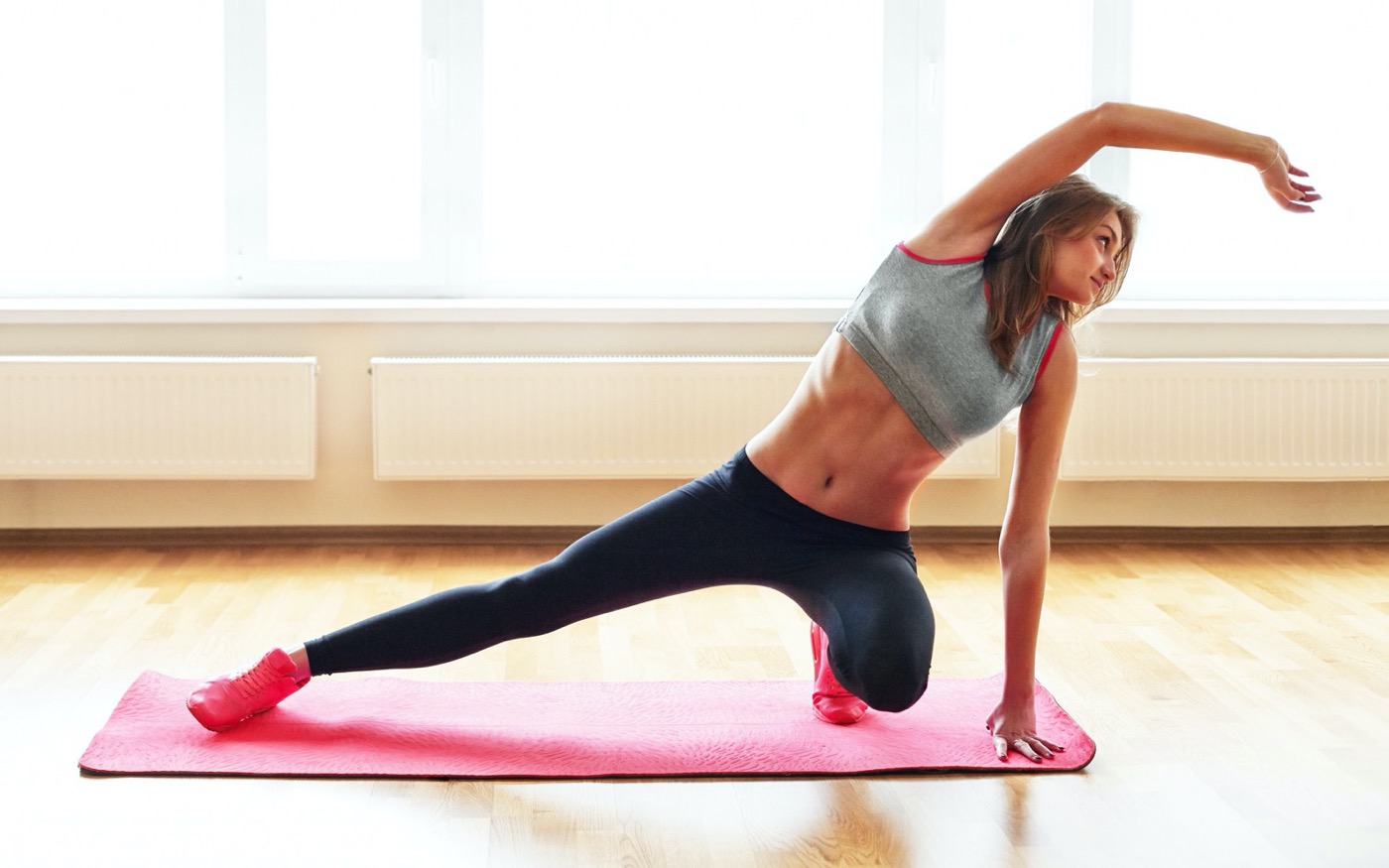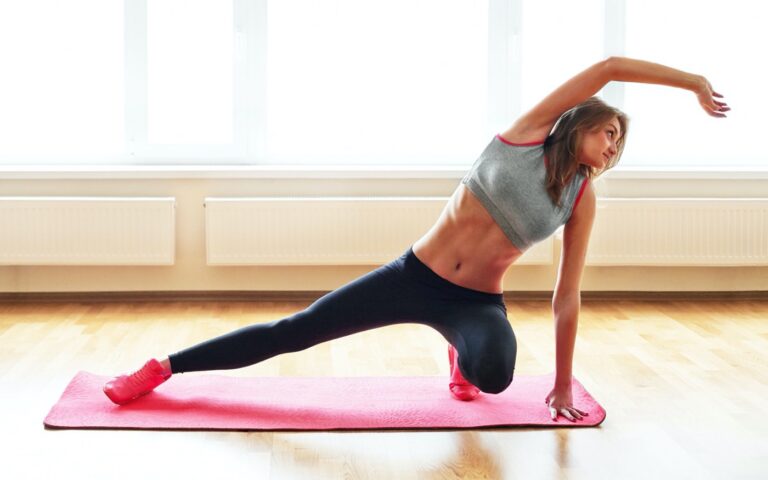1. Introduction
Physical fitness is essential for overall health, and working out at home has become increasingly popular due to its convenience. Whether you’re a fitness enthusiast or just starting your fitness journey, these 15 home workout tips will help you make the most of your exercise routine.
2. Preparing for the Workout
Tip 1: Setting up a suitable space for workout
Choose a space in your home where you can move freely and comfortably. It should be well-ventilated and free from distractions. Having a dedicated workout space can also mentally prepare you for exercise.
Tip 2: Choosing the right time for workout
The best time to workout depends on your personal schedule and energy levels. Some people prefer morning workouts to kickstart their day, while others prefer evening workouts to relieve stress. Find a time that works best for you and stick to it.
Tip 3: Investing in necessary fitness equipment
Depending on your workout plan, you may need to invest in some basic fitness equipment like dumbbells, resistance bands, or a yoga mat. However, remember that many exercises can be done using just your body weight.
Tip 4: Wearing comfortable workout clothes
Wear clothing that allows you to move freely and absorbs sweat. Good workout clothes can make your workout more comfortable and help you perform better.
Tip 5: Hydrating and eating a light meal before workout
Staying hydrated is vital for your performance and recovery. Drink water before, during, and after your workout. Eating a light meal or snack 1-2 hours before working out can also provide you with the energy you need. Avoid heavy meals as they may cause discomfort during your workout.

3. During the Workout
Tip 6: Warming up before starting the main exercises
Starting your workout with a warm-up is crucial as it prepares your body for the upcoming physical activity and reduces the risk of injury. This could include light cardio or specific warm-up exercises for the muscles you’re about to work on.
Tip 7: Following a structured workout plan
Having a structured workout plan can help you maximize your exercise time and ensure that you’re working all your muscle groups evenly. You can follow online workout plans or hire a fitness coach to create a personalized plan for you.
Tip 8: Maintaining proper form and posture during exercises
Maintaining the correct form during exercise is critical to prevent injuries and ensure that you’re effectively targeting the right muscles. If you’re unsure about the correct form, consider watching instructional videos or consulting with a fitness professional.
Tip 9: Incorporating a mix of different exercises
Include a variety of exercises in your routine to keep it interesting and to challenge different muscle groups. This could include a mix of cardio, strength training, flexibility exercises, and balance training.
Tip 10: Listening to your body and taking breaks when needed
While it’s important to push yourself during a workout, it’s equally important to listen to your body. If you feel pain or discomfort beyond normal muscle fatigue, take a break or modify the exercise. Remember, rest is an essential part of the workout routine.
4. Post-Workout
Tip 11: Cooling down after the workout
Just as warming up is important, so is cooling down. Cooling down helps to gradually decrease your heart rate and relax your muscles. This could involve stretching or doing a slower, less intense version of the exercise you’ve been doing.
Tip 12: Consuming a post-workout meal or snack
After a workout, your body needs to replenish its energy stores and repair muscle tissues. Eating a balanced meal or snack that includes proteins and carbohydrates within an hour after your workout can aid in recovery.
Tip 13: Hydrating after the workout
Rehydrate after your workout by drinking plenty of water. This helps replace the fluids lost through sweat and helps with recovery and performance.
5. Maintaining a Consistent Workout Routine
Tip 14: Setting achievable fitness goals
Setting fitness goals can keep you motivated and give you a sense of direction. Make sure your goals are SMART – Specific, Measurable, Achievable, Relevant, and Time-bound.
Tip 15: Staying motivated and consistent with the workout routine
Consistency is key in fitness. Find ways to stay motivated, like tracking your progress, rewarding yourself, working out with a friend, or mixing up your routine to keep it interesting.
READ ALSO: The Best Workout Routine for Maximum Results
Conclusion
In conclusion, these 15 home workout tips can help you prepare for, execute, and recover from your workouts, as well as maintain a consistent workout routine. Remember that fitness is a journey, not a destination. Enjoy the process and stay committed to a healthier you.
FAQS
1. Q: What is the importance of setting up a suitable space for a home workout?
A: Setting up a suitable space for home workout is important as it ensures you have enough room to move freely, prevents distractions, and can help mentally prepare you for exercise.
2. Q: What kind of fitness equipment might be necessary for home workouts?
A: Depending on your workout plan, you might need basic fitness equipment like dumbbells, resistance bands, or a yoga mat. However, many exercises can also be done using just your body weight.
3. Q: Why is maintaining proper form and posture during exercises important?
A: Proper form and posture during exercises are crucial to prevent injuries and to ensure that you’re effectively targeting the right muscles.
4. Q: How can I stay motivated to maintain a consistent workout routine at home?
A: Staying motivated can be achieved by setting achievable fitness goals, tracking your progress, rewarding yourself, working out with a friend, or switching up your routine to keep it interesting.
5. Q: What should I do after my home workout?
A: After your home workout, it’s important to cool down, consume a post-workout meal or snack, and hydrate. This helps your body recover and prepares it for your next workout.
6. Q: Why is it important to listen to my body during a workout?
A: Listening to your body during a workout is important to prevent injuries. If you feel pain or discomfort beyond normal muscle fatigue, it’s crucial to take a break or modify the exercise.

